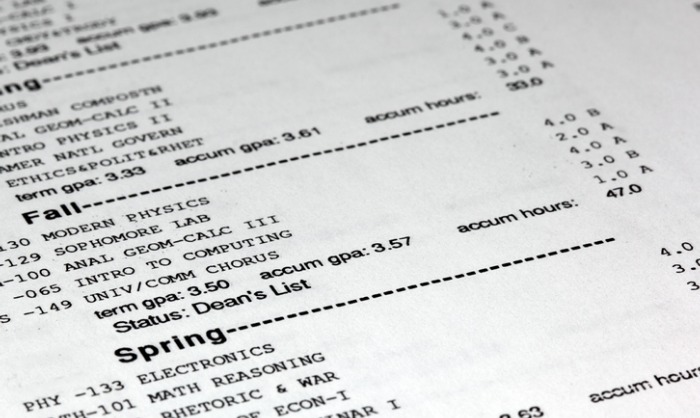The transcript revolution
High schools across the country are focusing less on letter grades and GPAs and more on qualitative factors that point to student success post-graduation. The Mastery Transcript Consortium, which began in 2017, launched the “mastery transcript” to support this move. The transcript is “an interactive display of students’ work that’s attractive to colleges looking for well-rounded, nonnumerical evaluation of applicants.” Many believe this new document will facilitate a holistic approach to college admissions, giving students the opportunity to “demonstrate more than just academic achievement, but softer, career-applicable skills like leadership and critical thinking.”
Source: Inside Higher Ed
With badges, colleges take a hard look at teaching soft skills
According to several recent surveys, many employers are struggling to recruit employees who have the soft skills necessary to succeed in the workplace. Kathleen deLaski, founder and president of Education Design Lab (EDL), may have the solution: badges that document students’ acquired soft skills. Northwest Vista College (NVC) currently uses deLaski’s badges with exercises that are designed to teach students collaboration, creative problem solving, critical thinking, empathy, initiative, intercultural fluency, oral communication and resilience.
Source: Education Dive
Stepping up to the plate for EMBA admission? It’s a different ballgame than an MBA
Applying to a top tier EMBA (Executive MBA) program can be vastly different than applying to traditional MBA programs, because admissions officers are more likely to look for students with substantial professional work experience. While the average MBA candidate may have 4-5 years of work experience, the EMBA applicant may have as many as 10-20 years, and some schools even have minimum work experience requirements for admission into their EMBA program. Admissions officers also rely heavily on MBA applicants’ undergrad GPAs to determine if they can handle the extensive workload, but this isn’t the case with EMBA. Since EMBA candidates have more work experience, admissions officers focus “more on professional background to assess intellect, relevant knowledge and problem-solving skills.”
Source: Poets & Quants
Has college gotten too easy?
Public four-year colleges report that college completion rates have risen 10% from the early 1990s to the late 2000s. While the underlying cause of this increase in graduation rate remains a mystery, many theorize possible explanations, some being that college has gotten easier, or high schools are better preparing graduates. This increase raises a larger question: How difficult should college be?
Source: The Atlantic
